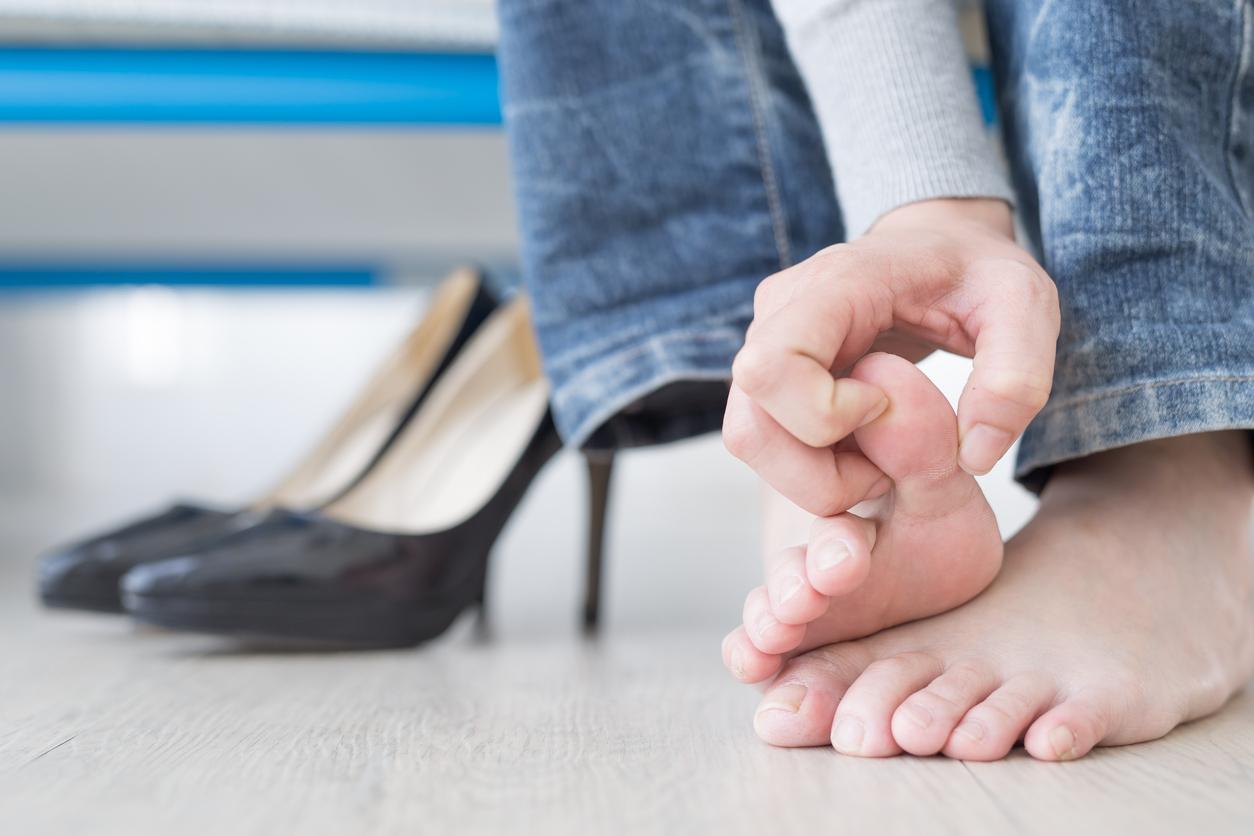Patients with chronic back pain have seen their pain decrease with a placebo. They had similar neurological and psychological characteristics.

The “placebo effect” may soon replace pain medication, at least in some people. Scientists have shown that they can reliably predict which patients with chronic pain will respond to a placebo sugar pill based on their brain anatomy and psychological characteristics.
“It is better to give someone an inactive drug rather than an active drug,” explains in Nature Communications A. Vania Apkarian, Professor of Physiology (Northwestern University) and Director of Research. “Most pharmacological treatments have long-term side effects or develop addictions,” he continues.
Chronic back pain
In this experiment, 60 patients with chronic back pain were randomly assigned to two groups. The former took pain medication or the placebo, while the latter took no treatment. The type of pain felt and the personality of each participant were assessed via questionnaires. All also underwent four neuroimaging sessions.
People whose pain decreased following the sugar pill had similar brain anatomy and psychological traits. First, the right side of their “emotional brain” was larger than the left side. Then they had a larger cortical sensory area. Finally, from a psychological point of view, they were more aware of their emotions, sensitive to painful situations and concerned about their environment.
“A new field”
“This opens up a new field. Clinicians treating patients with chronic pain should seriously consider the fact that some will get as good a response to a sugar pill as to any other drug,” Vania Apkarian concludes. , bringing something to feed the current French debate on homeopathy. The researchers point out that in cases where the placebo will be effective, the doctor does not need to hide it from the patient.
Back pain, headaches and other chronic pain already affect a third of Americans, a proportion that is worsening as the prevalence of diabetes, obesity and arthritis increases. In France, at least 12 million people suffer from chronic pain, and “70% of these 12 million patients do not receive an appropriate treatment”, denounced last year the specialists gathered within the French company of study and Treatment of Pain (SFETD). In other words, 8.4 million French people could suffer less if they were better taken care of.
It should also be remembered that while powerful opioid analgesics have been used extensively to treat chronic pain in the United States since the 1990s, a growing number of overdose deaths linked to this medication has prompted American doctors and decision-makers to reconsider this approach.

.















